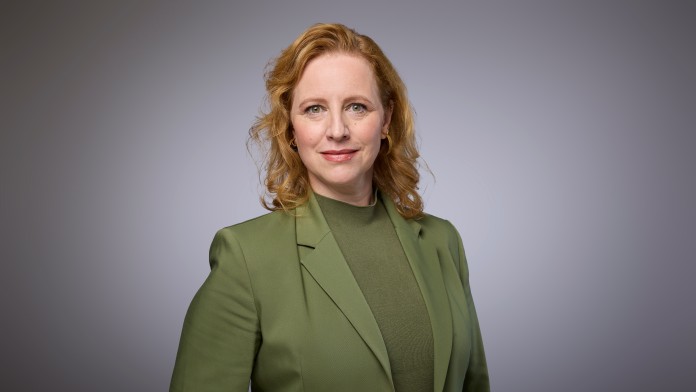Press Release from 2015-03-02 / Group
KfW Research anticipates around 260,000 new homes will be completed in 2015
- Housing construction investment rises by 2.5% in 2015 after a 3.7% increase in the previous year
- High migration, low interest and rising income levels ensure exceptional boom
- Rising real estate prices increase private assets
Housing construction in Germany continues to boom. Investment in new housing construction and existing housing rose by 3.7% last year, and the number of new completed homes was around 250,000, marking a 10-year high. According to forecasts, this record value will be exceeded this year: KfW Research anticipates that around 260,000 new homes will be completed in 2015, as documented in the latest KfW Investment Barometer. Growth in housing construction investment will be curbed slightly though could still increase by 2.5% in 2015.
“Housing construction in Germany is once more experiencing an exceptional boom,” says Dr Jörg Zeuner, Chief Economist at KfW. “Alongside higher income and low interest rates for housing loans, the rise in the value of real estate in many regions and, last but not least, high migration are further driving factors behind the growing investment in housing construction.”
Over the last five years, an additional 1.7 million people have immigrated to than emigrated from Germany. In 2015 a further 500,000 migrants are expected to arrive, of which 300,000 were from EU member states. This increases the demand for rented housing and stimulates investment in residential construction. Besides migration, the increasing income and historically low interest level are providing for investment growth: at the end of 2014, the average effective interest rate for private housing loans with a fixed interest period of over ten years was 2.3%. Thus, the costs of borrowing for a privately-owned home hit an all-time low. Housing construction investment also generated attractive returns: the net rental return on rented dwellings was 3% on average in 2014. By comparison: the average yield for low-risk, listed federal bonds was just 0.6% during the same period.
As a result of rising demand for housing, real estate prices grew sharply again last year. Second-hand single-family and two-family homes were between 4% and 7% more expensive in 2014, whereby the price increase in large expanding cities was on top of the scale. This rise in price significantly increases the real estate owners' assets. From 2010 to 2014, the net fixed assets in residential housing in Germany rose by EUR 560 billion to EUR 4.6 trillion (15% increase) — valued at current cost.
In some regions, rents are no longer keeping pace with the price increases. Therefore, on the one hand, rental returns are falling, which should slow down the increase in prices. On the other hand, in anticipation of further price increases, holdings with higher risk are being acquired. This development needs to be monitored on a regional scale and slowed down if necessary. The nationwide development of real estate prices is considerably more moderate. There is neither a general housing surplus nor a credit glut. Real estate investment is soundly financed, increases the assets of private households on the whole and to some extent compensates the lack of interest returns as a result of low inflation and moderate growth in Europe.
A detailed analysis with a data table and graphic for the latest KfW Investment Barometer on housing construction is now available at www.kfw.de/investbarometer.


Share page
To share the content of this page with your network, click on one of the icons below.
Note on data protection: When you share content, your personal data is transferred to the selected network.
Data protection
Alternatively, you can also copy the short link: https://www.kfw.de/s/enkBbm2w.BAIA
Copy link Link copied